Dormers add character, light, and extra living space to homes. When designed and installed correctly, they can blend well with the existing structure of your home. This article will detail the different aspects of fitting dormers to a house, including design options, types of dormers, and their impact on the interior and exterior of a home.
Proportion and Scale of Dormers
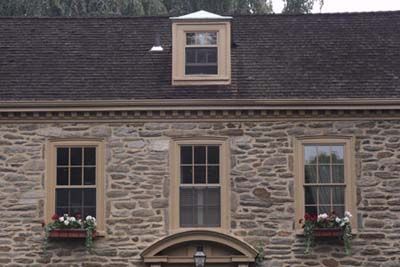
When adding dormer windows to a house, proportion and scale are most important. A well-designed dormer should complement the architecture of your home rather than overwhelm it. To get the right balance, dormer windows are typically smaller than the windows on the walls below. This helps maintain the roof’s prominence while still adding dormers.
A good rule is to limit dormers to occupying no more than half the width or depth of the roof. This helps the dormers be a nice detail without becoming the main focal point of your exterior. Following the proportional guidelines is a great way to update your home without overwhelming the original architecture. Properly scaled dormers can also improve ventilation and natural lighting, making your interior space more comfortable.
Aligning Dormer Windows
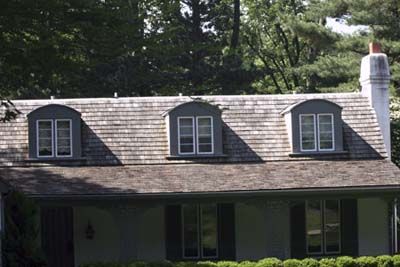
Aligning dormer windows with the windows below creates a more cohesive appearance. Think about existing window placement and try to maintain a consistent vertical alignment when designing dormers. Also, using smaller window designs throughout the house can make a more unified exterior.
Incorporating windows with small panes of glass stacked on top of each other in the dormers and main floors creates a more harmonious look. Attention to detail in design and placement can improve the overall layout of your home’s exterior. Aligning windows vertically also helps with interior symmetry, making rooms feel larger and more balanced.
Dormers Can Create Depth and Structure
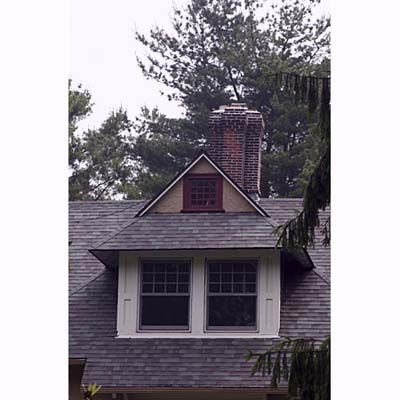
The concept of a vanishing point, often used in art to create depth and perspective, can be used for dormers to influence the perceived size of the structure. By manipulating the dormer’s shape and features, you can make it appear larger or smaller than it actually is.
For example, a dormer with a proch-tyle hip roof in front and a smaller gable roof in the back can minimize its size. This design keeps the gable roof much smaller than it would be if it extended to the front. Additionally, using windows with smaller panes at the top of the dormer can create the illusion of greater distance, making the perceived size of the structure smaller.
Wide Shed Dormers
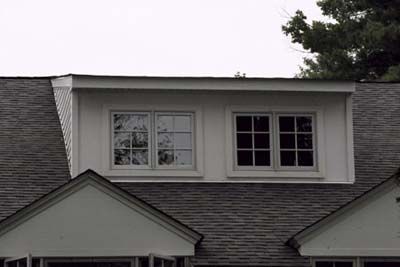
When you need more space on the upper floors of your home, a wide shed dormer can be a great solution. However, these larger dormers can sometimes overwhelm your exterior. To avoid this, group the windows within the dormer to break up the space.
Grouping windows provides many practical benefits. If you plan to divide the space behind the dormer into two rooms, the grouped windows provide a natural place for interior walls. Inside, this design frees up wall space for furniture or artwork, increasing usability and functionality.
Dormer Shed Plus Gables
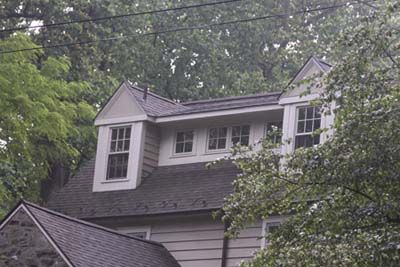
An alternative to a single-wide shed dormer is a combination of gable dormers on the ends connected by a recessed shed dormer. This option adds character to your home without appearing too large. The gable dormers on the ends provide visual anchors, while the recessed shed dormer in between provides more interior space.
This option also allows for unique interior spaces. The gable ends can become cozy nooks, such as a writing desk area or a window seat, taking advantage of the angular ceiling. The shed dormer portion provides great headroom for more a more functional living space. This mixed approach balances a nice exterior design with interior functionality.
Shed-On-Shed Dormer
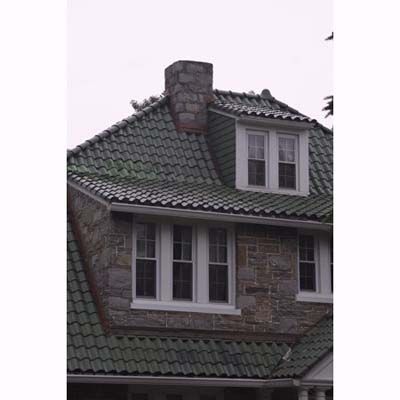
A shed-on-shed design has two shed dormers, one on top of the other, creating a unique and functional roofline. This approach can be useful when adding dormers to an existing house since it’s a simpler construction process. Builders can streamline the installation process by working with the existing roof structure.
This involves cutting the rafters where the dormer will be placed, then tilting and lifting that section of the roof to prop it up. This method preserves the existing roofing and creates the basic structure of the dormer. Once the walls are built underneath, the dormer is basically complete. This technique can save time and reduce disruption to your home during the renovation.
Steep-Roof Dormer Shed
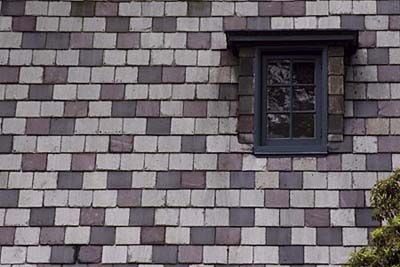
Mansard roofs, characterized by their steep pitch and two slopes on each side, are great for dormer additions. These roofs typically feature a steep section near the walls and a slanted section toward the middle, creating a usable attic space. Shed dormers on mansard roofs often sit flush with the surrounding roofing material, such as slates, maintaining the roof’s profile.
When designing dormers for a mansard roof, measure the roof’s unique shape and make sure the dormer complements the existing lines and angles of the structure. This design retains the home’s architecture while bringing functionality to an otherwise unused area of your home.
Truss-Decorated Gabled Dormer
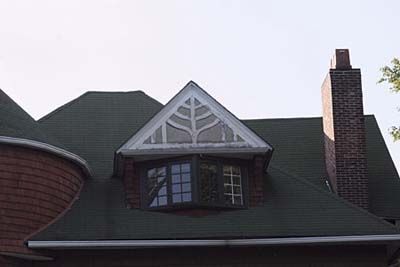
Gabled dormers with truss designs add a distinct touch to homes, particularly those with half-timbered details. While these elements may be purely for design, they used to be integral to a building’s structural integrity.
Originally, these wooden pieces were part of the house’s basic structure, helping to brace the main beams and prevent twisting. Today, homeowners can incorporate this detail without needing structural modifications. If you decide to add a truss-decorated gable dormer, make sure the design complements the overall architectural style of your home.
Decorative Dormer Flourishes
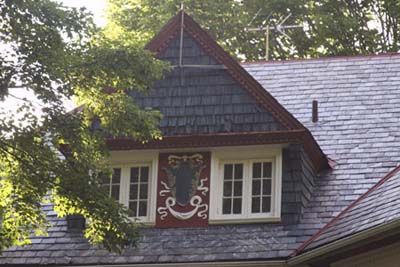
Decorative elements can increase the visual appeal of dormers. A painted crest or simple gable decoration can add personality to your newly renovated space. Dentil molding can emphasize the triangular shape of a pediment for a more classic look.
When incorporating decorative elements, be sure to maintain balance and proportion. For example, instead of full columns, use shingle-covered side walls that bulge out on top to avoid overwhelming the dormer. Fitting dormers to a house requires carefully planning out proportion, scale, and design to enhance both the exterior appearance and interior functionality of a home.